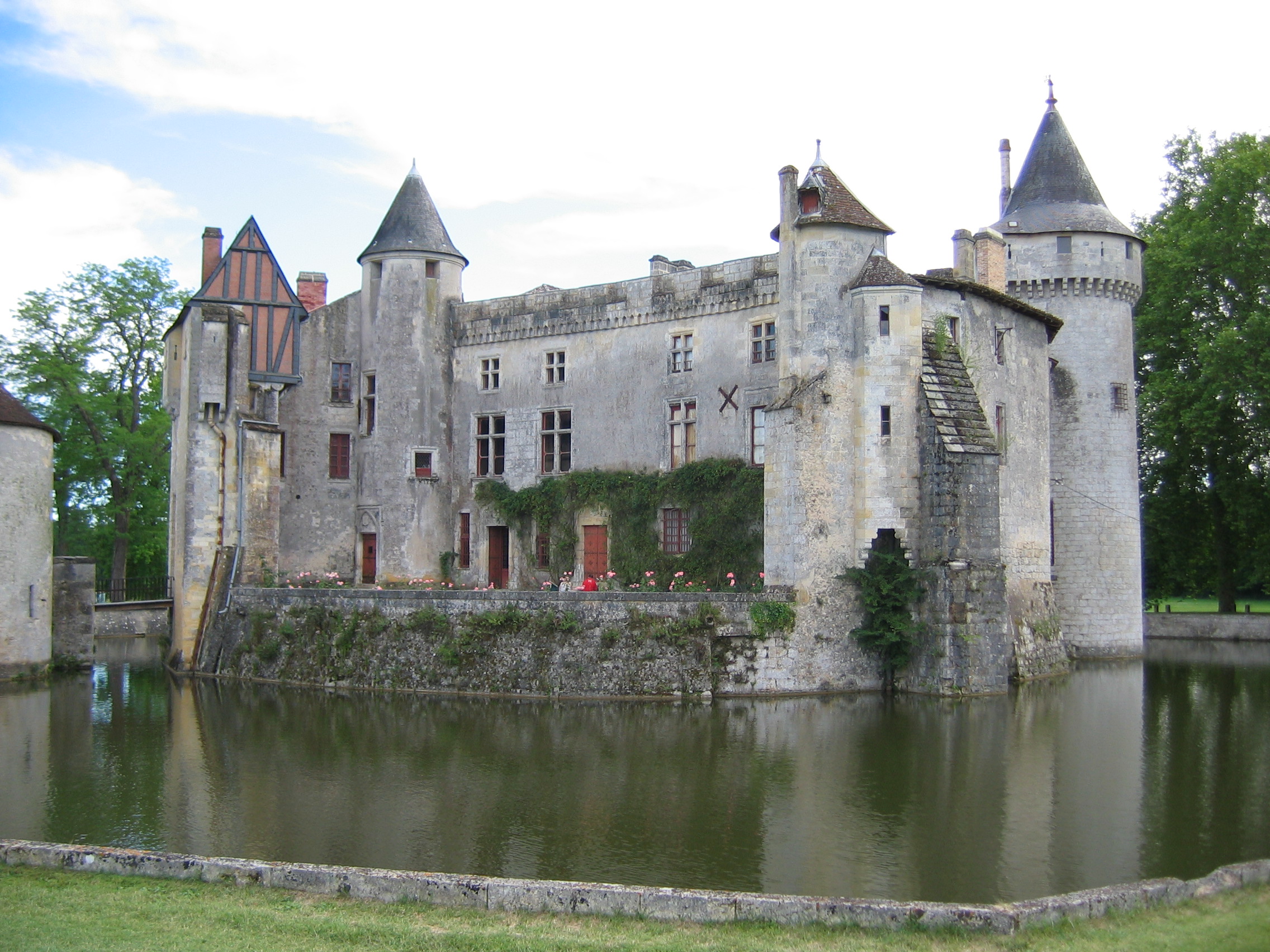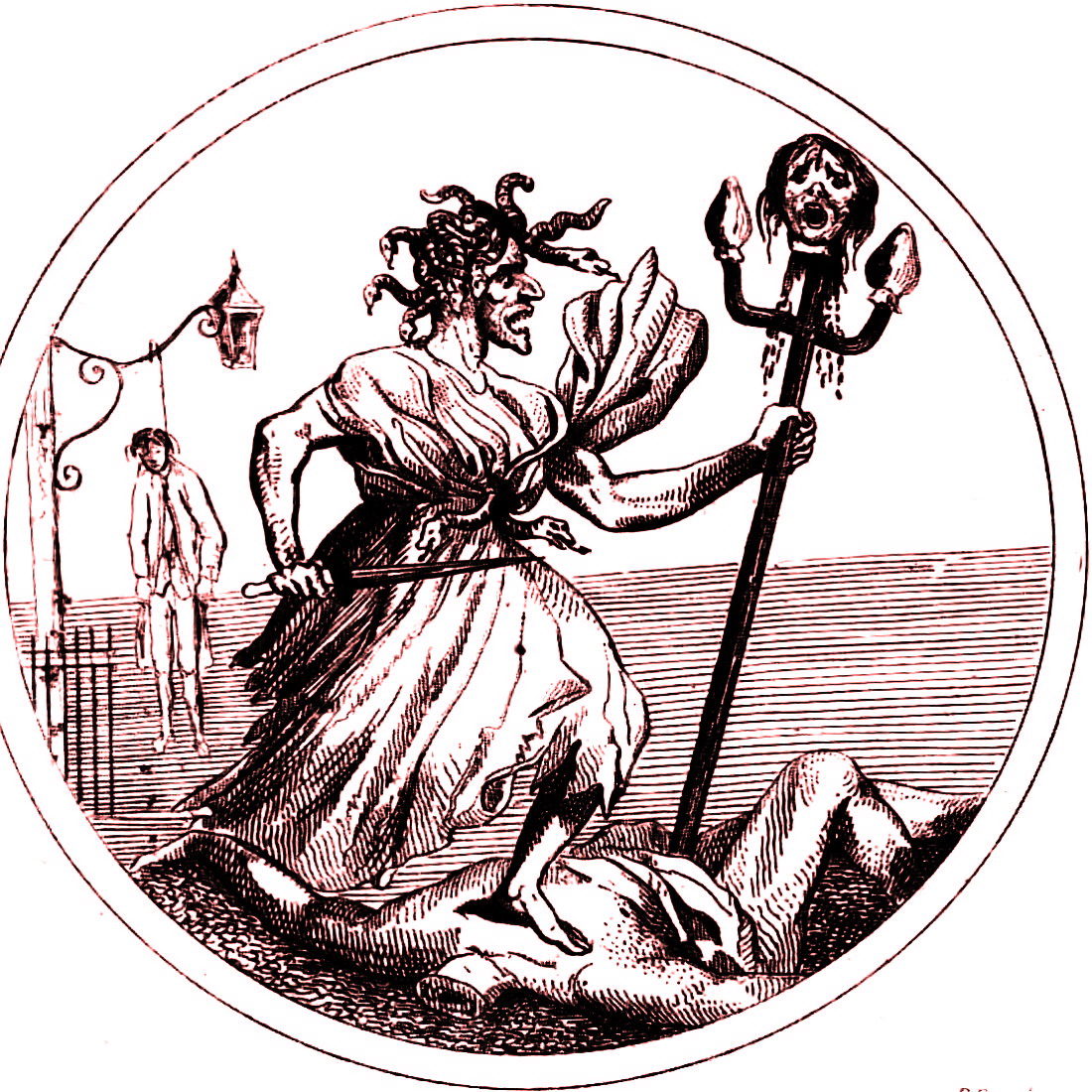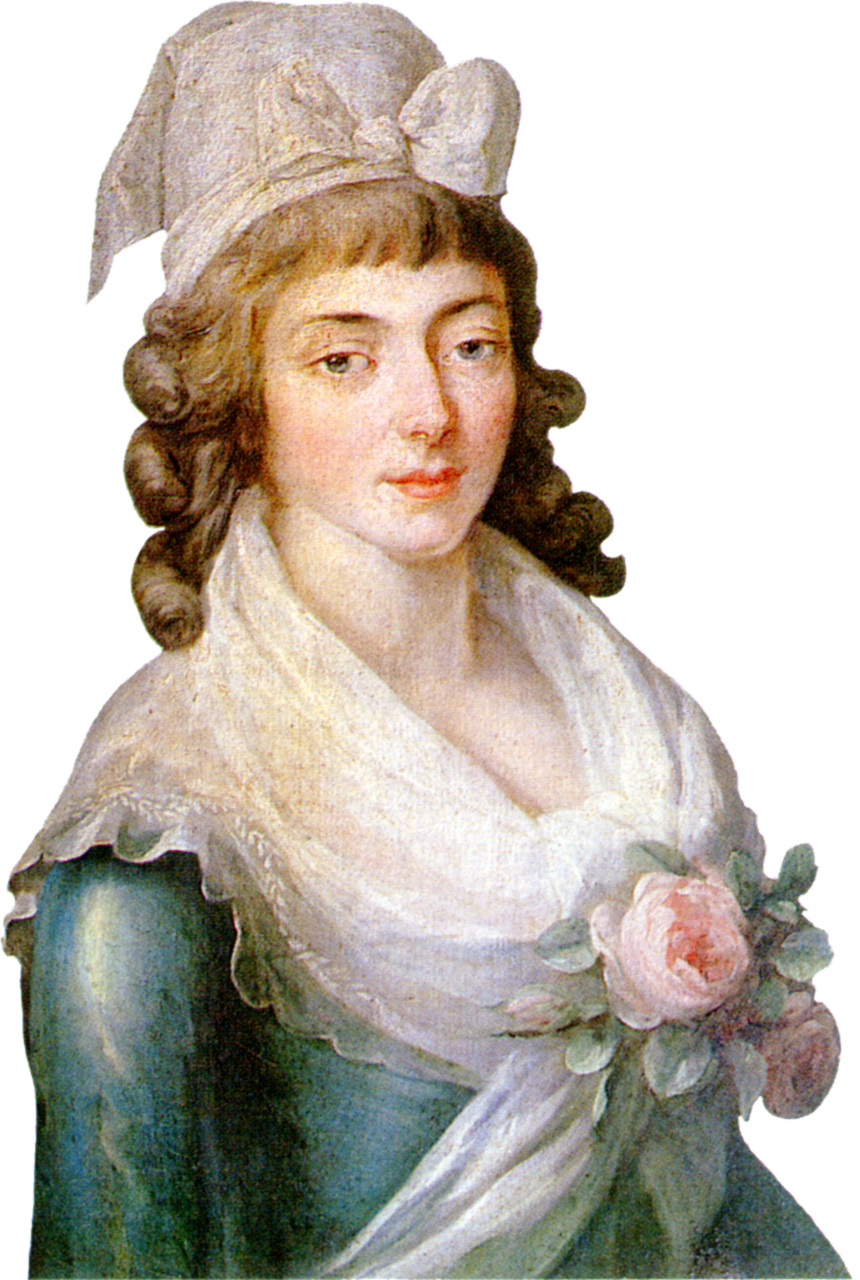|
Place Des Quinconces
The Place des Quinconces, located in Bordeaux, France, is among the largest city squares in Europe (approximately 63 ac or 25.6 ha). It was laid out in 1820 on the site of Château Trompette and was intended to prevent rebellion against the city. Its guns were turned towards the centre. Its current shape (lengthened rectangle rounded off with a semicircle) was adopted in 1816. Trees were planted (in quincunxes, hence the name of the square) in 1818. With the installation of a tram system in 2003, the place has become the most important public transport hub of the area, with Quinconces tram stop serving three tram lines, 21 bus lines (including 3 night buses), an electric shuttle, and 12 coach lines through Gironde as well as a reception area in the south. Sculptures The two rostral columns facing the Garonne were erected by Henri-Louis Duhamel du Monceau in 1829. One of them symbolises commerce, and the other stands for navigation. The white-marble statues of Michel de Montaig ... [...More Info...] [...Related Items...] OR: [Wikipedia] [Google] [Baidu] |
Bordeaux Quinconces
Bordeaux ( ; ; Gascon language, Gascon ; ) is a city on the river Garonne in the Gironde Departments of France, department, southwestern France. A port city, it is the capital of the Nouvelle-Aquitaine region, as well as the Prefectures in France, prefecture of the Gironde department. Its inhabitants are called "''Bordelais'' (masculine) or "''Bordelaises'' (feminine). The term "Bordelais" may also refer to the city and its surrounding region. The city of Bordeaux proper had a population of 259,809 in 2020 within its small municipal territory of , but together with its suburbs and exurbs the Bordeaux Functional area (France), metropolitan area had a population of 1,376,375 that same year (Jan. 2020 census), the sixth-most populated in France after Paris, Lyon, Marseille, Lille, and Toulouse. Bordeaux and 27 suburban municipalities form the Bordeaux Métropole, Bordeaux Metropolis, an Indirect election, indirectly elected Métropole, metropolitan authority now in charge of wi ... [...More Info...] [...Related Items...] OR: [Wikipedia] [Google] [Baidu] |
Charles De Secondat, Baron De Montesquieu
Charles Louis de Secondat, baron de La Brède et de Montesquieu (18 January 168910 February 1755), generally referred to as simply Montesquieu, was a French judge, man of letters, historian, and political philosopher. He is the principal source of the theory of separation of powers, which is implemented in many constitutions throughout the world. He is also known for doing more than any other author to secure the place of the word ''despotism'' in the political lexicon.. His anonymously published ''The Spirit of Law'' (1748), which was received well in both Great Britain and the American colonies, influenced the Founding Fathers of the United States in drafting the U.S. Constitution. Biography Montesquieu was born at the Château de la Brède in southwest France, south of Bordeaux. His father, Jacques de Secondat (1654–1713), was a soldier with a long noble ancestry, including descent from Richard de la Pole, Yorkist claimant to the English crown. His mother, Marie Fran ... [...More Info...] [...Related Items...] OR: [Wikipedia] [Google] [Baidu] |
List Of City Squares
The following is a partial list of prominent city squares: Africa Egypt *Tahrir Square, Tahrir Square – Cairo Ethiopia *Meskel Square – Addis Ababa *Mexico Square – Addis Ababa Morocco *Djemaa el Fna – Marrakech South Africa *Grand Parade – Cape Town *Greenmarket Square – Cape Town *Church Square, Pretoria, Church Square – Pretoria *Hoffman Square - Bloemfontein Ghana *Black Star Square, Independence Square – Accra Zimbabwe *Bulawayo, Mzilikazi Square – Bulawayo *Harare, Africa Unity Square – Harare Asia Armenia *Republic Square (Armenia), Republic Square – Yerevan *Charles Aznavour Square, Yerevan, Charles Aznavour Square – Yerevan * Freedom Square, Yerevan, Freedom Square – Yerevan * Garegin Nzhdeh Square, Garegin Nzhdeh Square – Yerevan * Square of Russia, Square of Russia – Yerevan *Grigor Tatevatsi Square – Goris Azerbaijan *Freedom Square, Baku, Freedom Square – Baku *Azneft Square – Baku Hong Kong * The East Wing Forecourt of t ... [...More Info...] [...Related Items...] OR: [Wikipedia] [Google] [Baidu] |
Place De La Concorde
The Place de la Concorde (; ) is a public square in Paris, France. Measuring in area, it is the largest square in the French capital. It is located in the city's eighth arrondissement, at the eastern end of the Champs-Élysées. It was the site of many notable public executions, including Louis XVI, Marie Antoinette and Maximilien Robespierre in the course of the French Revolution, during which the square was temporarily renamed the Place de la Révolution ('Revolution Square'). It received its current name in 1795 as a gesture of reconciliation in the later years of the revolution. A metro station is located at the northeastern corner of Place de la Concorde on Lines 1, 8, and 12 of the Paris Métro. History Design and construction The square was originally designed to be the site of an equestrian statue of King Louis XV, commissioned in 1748 by the merchants of Paris, to celebrate the recovery of King Louis XV from a serious illness. The site chosen for the statu ... [...More Info...] [...Related Items...] OR: [Wikipedia] [Google] [Baidu] |
National Convention
The National Convention () was the constituent assembly of the Kingdom of France for one day and the French First Republic for its first three years during the French Revolution, following the two-year National Constituent Assembly and the one-year Legislative Assembly. Created after the great insurrection of 10 August 1792, it was the first French government organized as a republic, abandoning the monarchy altogether. The Convention sat as a single-chamber assembly from 20 September 1792 to 26 October 1795 (4 Brumaire IV under the Convention's adopted calendar). The Convention came about when the Legislative Assembly decreed the provisional suspension of King Louis XVI and the convocation of a National Convention to draw up a new constitution with no monarchy. The other major innovation was to decree that deputies to that Convention should be elected by all Frenchmen 21 years old or more, domiciled for a year and living by the product of their labor. The National Convent ... [...More Info...] [...Related Items...] OR: [Wikipedia] [Google] [Baidu] |
German Occupation Of France In World War II
The Military Administration in France (; ) was an interim occupation authority established by Nazi Germany during World War II to administer the occupied zone in areas of northern and western France. This so-called ' was established in June 1940, and renamed ' ("north zone") in November 1942, when the previously unoccupied zone in the south known as ' ("free zone") was also occupied and renamed ' ("south zone"). Its role in France was partly governed by the conditions set by the Armistice of 22 June 1940 after the success of the leading to the Fall of France; at the time both French and Germans thought the occupation would be temporary and last only until Britain came to terms, which was believed to be imminent. For instance, France agreed that its soldiers would remain prisoners of war until the cessation of all hostilities. The "French State" (') replaced the French Third Republic that had dissolved in defeat. Though nominally extending its sovereignty over the whole cou ... [...More Info...] [...Related Items...] OR: [Wikipedia] [Google] [Baidu] |
Dordogne (river)
The Dordogne (; ) is a river in south-central and southwest France. It is long. The Dordogne and its watershed were designated Man and the Biosphere Programme, Biosphere Reserve by UNESCO on 11 July 2012. Geography The river rises on the flanks of the Puy de Sancy at above sea level in the mountains of Auvergne, from the confluence of two small torrents above the town of Le Mont-Dore (France), Le Mont-Dore: the ''Dore'' and the ''Dogne''. It flows generally west nearly through the Limousin (région), Limousin and Périgord regions before flowing into the Gironde estuary, Gironde, its common estuary with the Garonne, at the Bec d'Ambès ("Ambès beak"), north of the city of Bordeaux. Nature The Dordogne is one of the few rivers in the world that exhibit the phenomenon of a tidal bore, known as a ''mascaret''. The upper valley of the Dordogne is a series of deep gorges. The cliffs, steep banks, fast flowing water and high bridges attract both walkers and drivers. In severa ... [...More Info...] [...Related Items...] OR: [Wikipedia] [Google] [Baidu] |
Cornucopia
In classical antiquity, the cornucopia (; ), also called the horn of plenty, was a symbol of abundance and nourishment, commonly a large horn-shaped container overflowing with produce, flowers, or nuts. In Greek, it was called the " horn of Amalthea" (), after Amalthea, a nurse of Zeus, who is often part of stories of the horn's origin. Baskets or panniers of this form were traditionally used in western Asia and Europe to hold and carry newly harvested food products. The horn-shaped basket would be worn on the back or slung around the torso, leaving the harvester's hands free for picking. In Greek/Roman mythology Mythology offers multiple explanations of the origin of the cornucopia. One of the best-known involves the birth and nurturance of the infant Zeus, who had to be hidden from his devouring father Cronus. In a cave on Mount Ida on the island of Crete, baby Zeus was cared for and protected by a number of divine attendants, including the goat Amalthea ("Nourish ... [...More Info...] [...Related Items...] OR: [Wikipedia] [Google] [Baidu] |
Sculpture
Sculpture is the branch of the visual arts that operates in three dimensions. Sculpture is the three-dimensional art work which is physically presented in the dimensions of height, width and depth. It is one of the plastic arts. Durable sculptural processes originally used carving (the removal of material) and modelling (the addition of material, as clay), in stone, metal, ceramic art, ceramics, wood and other materials but, since Modernism, there has been almost complete freedom of materials and process. A wide variety of materials may be worked by removal such as carving, assembled by welding or modelling, or Molding (process), moulded or Casting, cast. Sculpture in stone survives far better than works of art in perishable materials, and often represents the majority of the surviving works (other than pottery) from ancient cultures, though conversely traditions of sculpture in wood may have vanished almost entirely. In addition, most ancient sculpture was painted, which h ... [...More Info...] [...Related Items...] OR: [Wikipedia] [Google] [Baidu] |
Reign Of Terror
The Reign of Terror (French: ''La Terreur'', literally "The Terror") was a period of the French Revolution when, following the creation of the French First Republic, First Republic, a series of massacres and Capital punishment in France, numerous public executions took place in response to the Federalist revolts, revolutionary fervour, Anti-clericalism, anticlerical sentiment, and accusations of treason by the Committee of Public Safety. While terror was never formally instituted as a legal policy by the Convention, it was more often employed as a concept. Historians disagree when exactly "the Terror" began. Some consider it to have begun in 1793, often giving the date as 5 September or 10 March, when the Revolutionary Tribunal came into existence. Others cite the earlier September Massacres in 1792, or even July 1789 when the first killing of the revolution occurred. Will Durant stated that "strictly, it should be dated from the Law of Suspects, September 17, 1793, to the e ... [...More Info...] [...Related Items...] OR: [Wikipedia] [Google] [Baidu] |
Girondist
The Girondins (, ), also called Girondists, were a political group during the French Revolution. From 1791 to 1793, the Girondins were active in the Legislative Assembly and the National Convention. Together with the Montagnards, they initially were part of the Jacobin movement. They campaigned for the end of the monarchy, but then resisted the spiraling momentum of the Revolution, which caused a conflict with the more radical Montagnards. They dominated the movement until their fall in the insurrection of 31 May – 2 June 1793, which resulted in the domination of the Montagnards and the purge and eventual mass execution of the Girondins. This event is considered to mark the beginning of the Reign of Terror. The Girondins were a group of loosely affiliated individuals rather than an organized political party and the name was at first informally applied because the most prominent exponents of their point of view were deputies to the Legislative Assembly from the département o ... [...More Info...] [...Related Items...] OR: [Wikipedia] [Google] [Baidu] |








